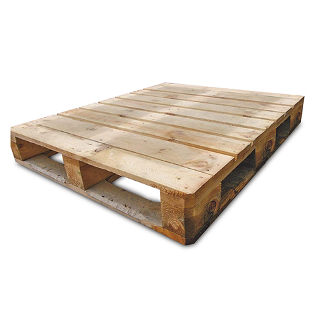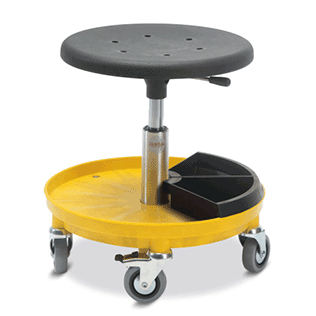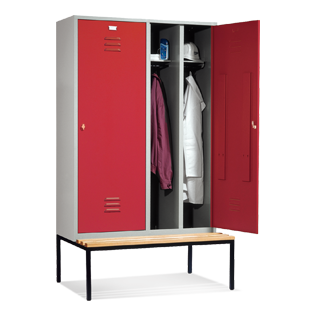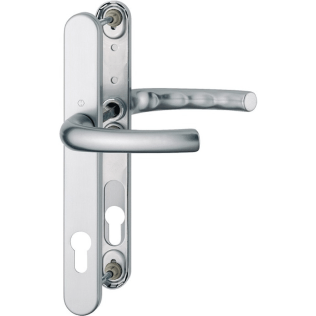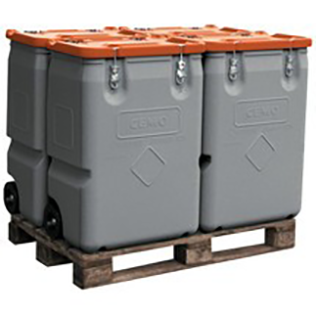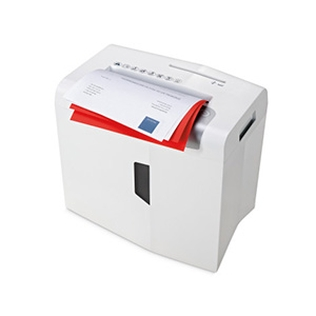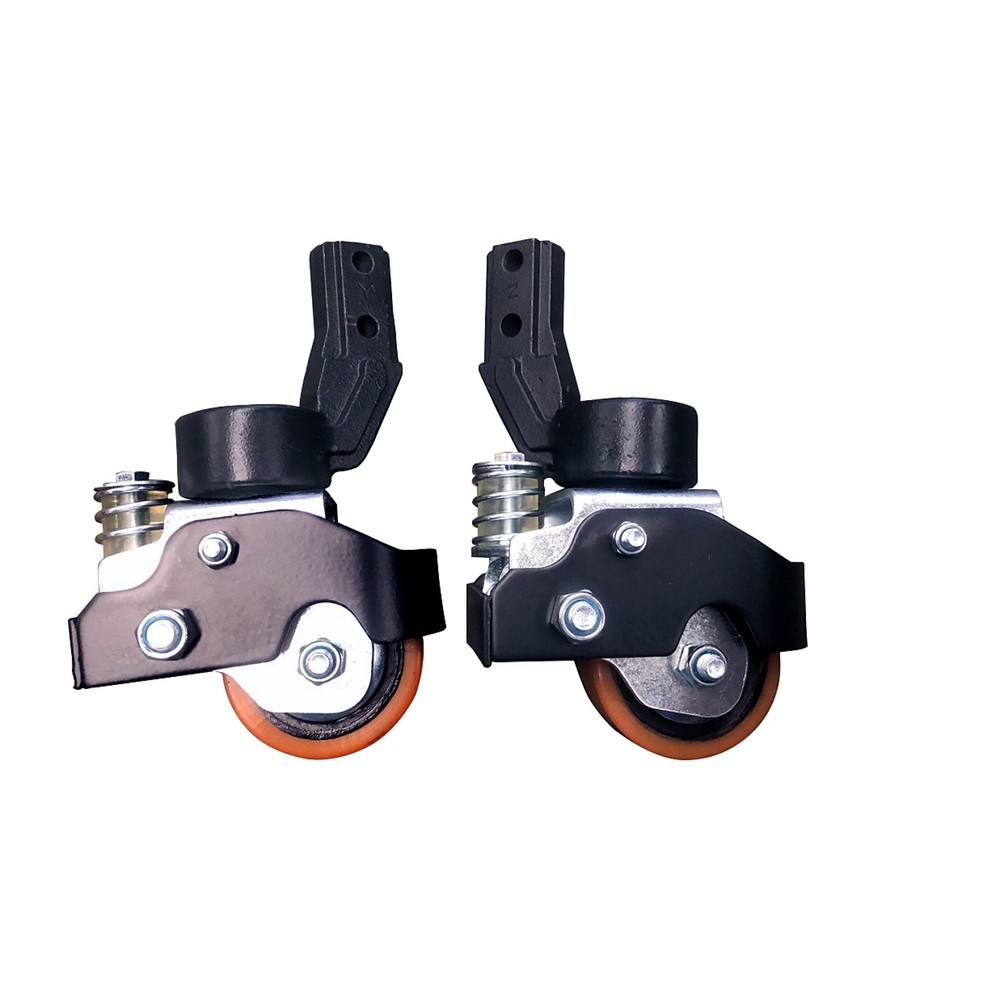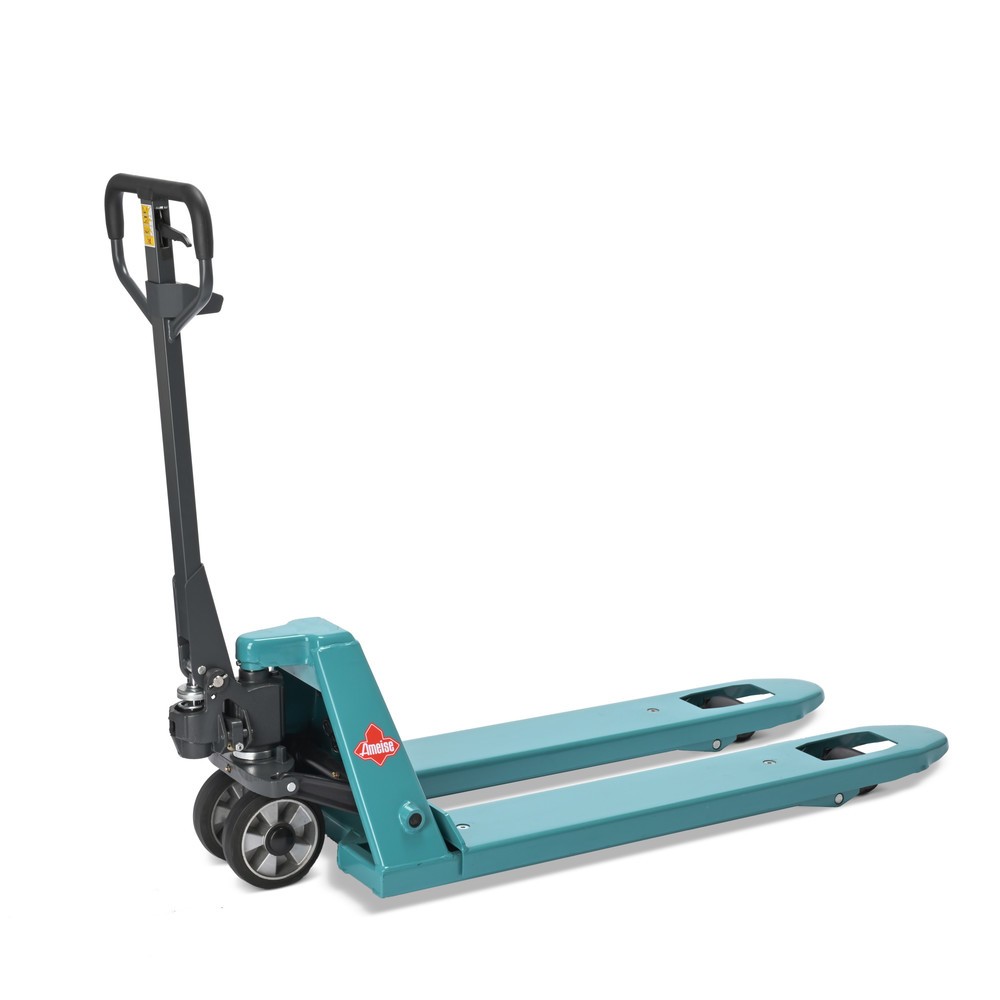Lifting & Stacking
Lifting equipment for all areas of operation
Our lifting devices and equipment are built to help you raise, lower and transport goods in a safe and effortless manner. You can find a range of lifting and stacking devices and tools that even act as mobile workstations with adjustable working heights. Discover high-quality, reliable lifting equipment here.
1. Choosing the right lifting equipment
With the right lifting tools, you can reliably transport goods around your warehouse or workshop. You’ll find a wide range of high-quality lifting equipment in our online shop, such as stacker trucks, pallet trucks, and cranes. Choose from manually or electrically driven devices to state-of-the-art, hydraulic-powered tools.
The lifting products you’ll find on our site are suitable for a variety of industries and operations. Depending on the model and type of device, you can use them either in warehouses or in outdoor areas with flat ground. Devices such as lift tables or scissor lift trucks are portable and so, can be moved between places if required.
To give yourself the best chance of picking the right lifting and stacking equipment for your needs, it’s helpful to draw up a profile of requirements in advance. Consider the following questions before committing to a purchase:
- What kind of goods do you want to lift, lower and transport?
- How heavy are the goods you want to lift?
- To what height and range do you want to lift goods?
- Do you require stationary, mobile or portable lifting equipment?
- Do you require indoor or outdoor lifting devices?
- If mobile, will your lifting equipment require special tyres or castors?
- Will you use the lifting device on a regular basis or only occasionally?
- Which type of lifting or stacking equipment makes the most sense given the available infrastructure, operations and budget of your company?
- Do you need special lifting devices for ride-on or pedestrian operation?
2. Industrial lifting trucks: versatile and powerful equipment
Pallet and stacker trucks are the most important lifting tools for most tradespeople, as they can transport up to 3000kg with ease. If you have to regularly move heavy loads in your day-to-day work life, then consider buying an industrial lifting device.
Depending on the model, you can transport containers and pallets manually or electrically and lift them to heights of up to 4800mm. Check out a selection of our top industrial lifting trucks below:
| Lifting device | Criteria for choosing your model | Available model |
|---|---|---|
Pallet trucks 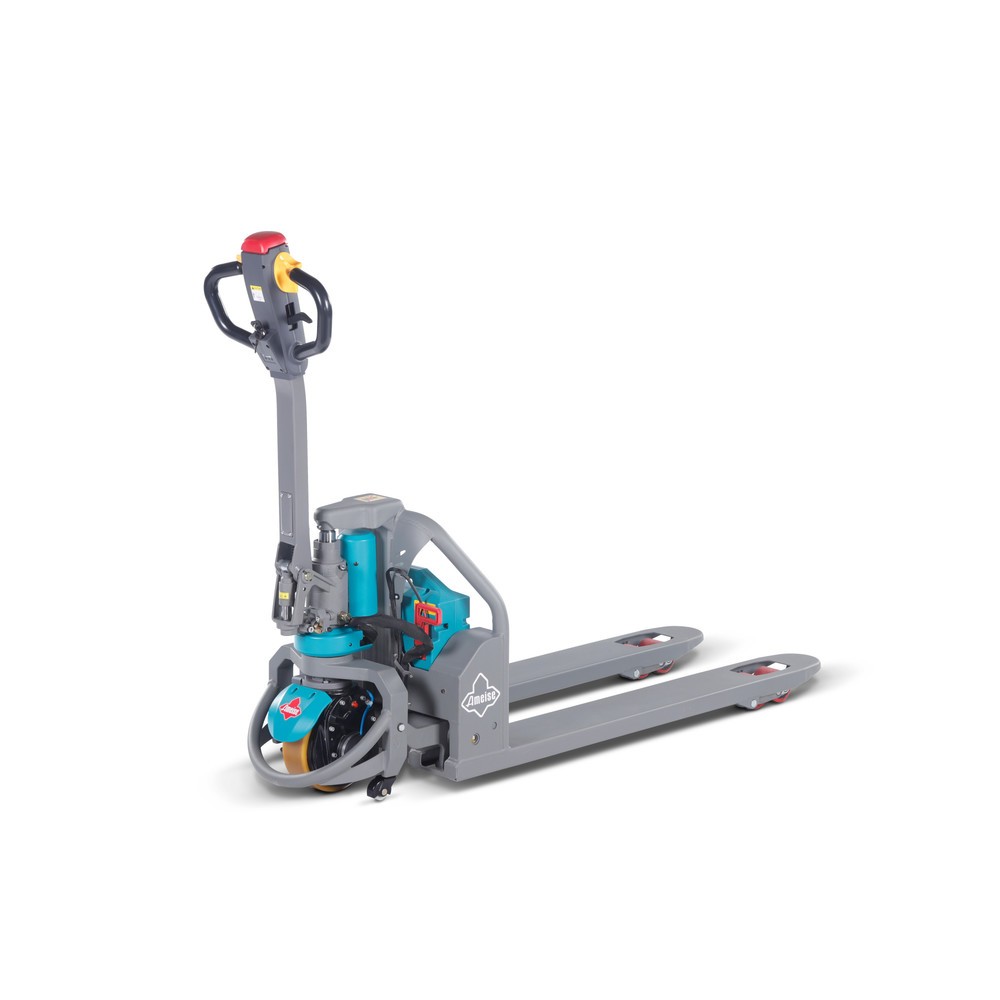
|
|
|
Stacker trucks 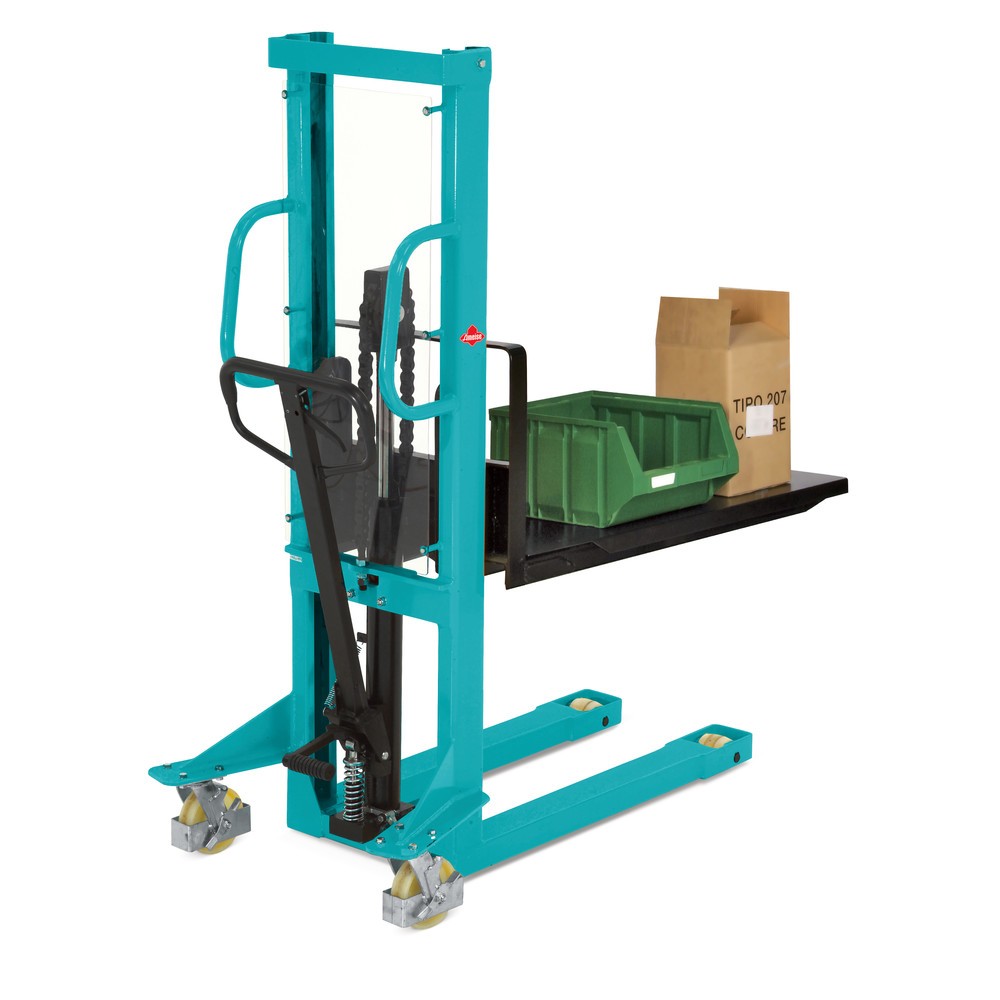
|
|
|
3. Lifting technology for ergonomic work
When you work with heavy loads and have to transport them regularly, it’s important to set up practical workstations that improve efficiency in the workplace. The innovative technology found in all our lifting devices reduces physical strain and effort on your part, leading to easier work and healthier backs.
What’s more, many of our models are portable and can be moved and adjusted as required. You can lock them to a back-friendly working height, for instance. At Jungheinrich PROFISHOP, you’ll find plenty of ergonomic lifting equipment to make your day-to-day job easier.
Lift tables
| Lift table model | Details |
|---|---|
Scissor lift tables 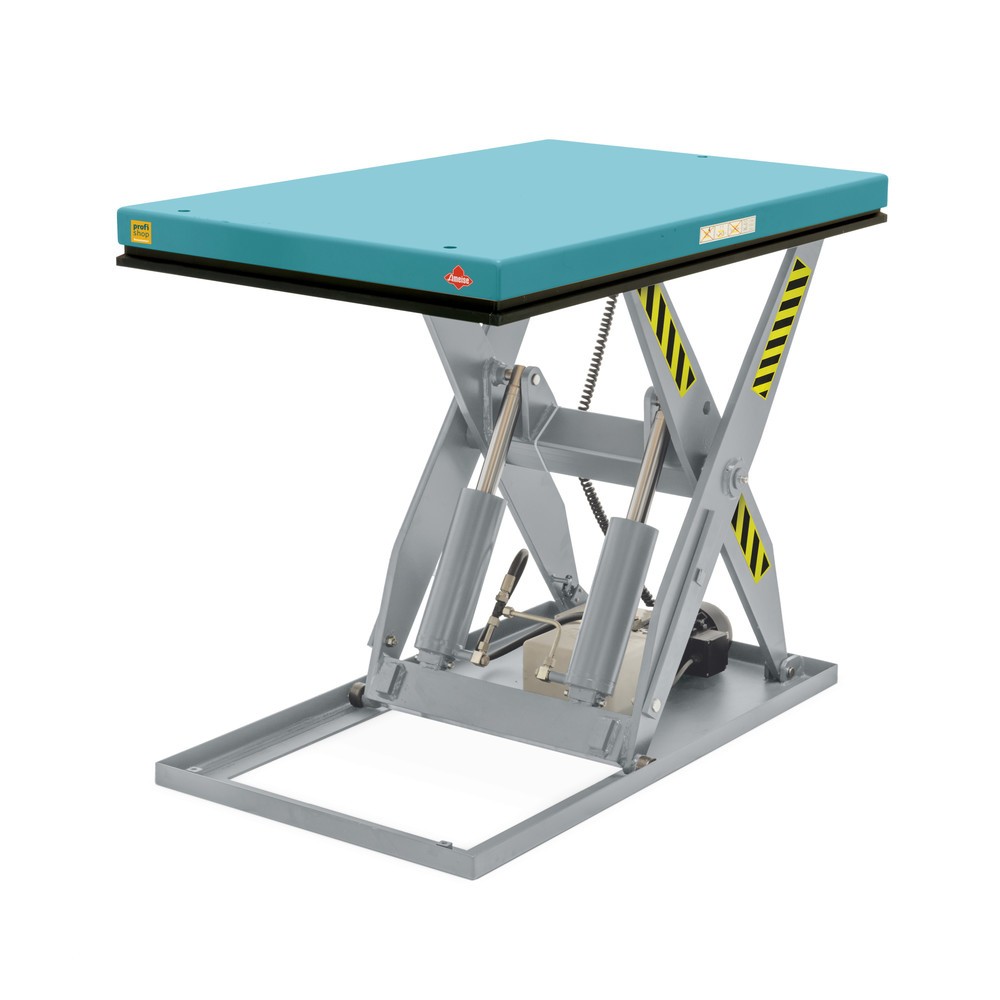
|
|
Scissor lift platform trucks 
|
|
Hoists

Our hoists are exceptional all-rounders in lifting. Designed and tested to meet high standards of both safety and quality, our electric hoists excel in a variety of areas, including portability, ease of use and lifting range. For transporting small goods and items, an electric hoist offers an ergonomic solution.
With a load capacity of up to 250kg and a lifting range between 80 and 2140mm, hoists provide practical lifting capabilities for use in and around your warehouse. Their front and load-bearing wheels can be driven either manually or electronically, while their stacking device can be adjusted to a height that best suits you and your colleagues.
4. Lifting equipment for transporting and rotating heavy loads

Our cranes are ideal for lifting and rotating extremely heavy loads – even up to several tonnes. Durable chains run over movable rollers, which reduces the amount of force required to lift heavy goods. Where simple lifting devices are horizontally challenged, cranes offer a 360-degree scope for rotating heavy loads. Cranes with rollers can also transport goods three-dimensionally.
To enable a crane to withstand heavy loads, they are built from sturdy and robust metal frames. This ultimately allows you to transport goods reliably and safely to different heights, whichever model you pick. Choose from electrically or manually operated cranes, or pick a variant with a mounted jib and a trolley to extend the device’s working radius. The crane’s arm can normally be extended or rotated in a circle so that you can pick up heavy items and place them elsewhere.
5. Find the right accessories
Accessories for pallet trucks (also known as pallet jacks) are essential for improving the functionality and durability of the devices. Similarly, stacker truck accessories like arm extensions can enhance the forklift’s load-carrying capacity. Your day-to-day operations and productivity can be optimised efficiently by purchasing the right accessories for your lifting equipment.
For pallet trucks, front and load wheel replacements are crucial for transporting goods smoothly and without issues. These spare parts ensure your device manoeuvres efficiently over a variety of surfaces while effortlessly moving heavy items. Meanwhile, tow bars can enhance productivity by allowing you to transport multiple pallets at once. Replacement batteries – which are exceedingly handy to have in case of emergencies – are also available from our online shop.
6. FAQs on lifting equipment
To ensure you select the best lifting devices for you and your company, consider the following criteria:
- Size and weight of the goods you want to transport.
- Load capacity.
- Lifting range and scope of function.
- How often and for how long you want to use the lifting or stacking device.
- Whether you want a mobile vehicle or a stationary device.
- Whether you want to use your equipment indoors or outdoors.
- The type of power supply (e.g. manual or electric) you want.
- The type and flatness of the ground surfaces your device will be used on.
- Any ergonomic aspects.
The main difference between hoists and cranes is their mobility and rotation capacity. Hoists can only raise and lower items in rigid vertical or horizontal motions, whereas cranes can be rotated in different directions. Certain cranes with roller systems can even transport goods three-dimensionally. Hoists, on the other hand, are stationary when in use and are typically attached to cross beams, ceilings or cranes.
For one, utilising the right lifting and stacking tools will enable you to work in a practical manner. You can raise, lower, and transport goods much easier, without hurting your back and joints or becoming overly fatigued. Electric lifting technology is best for ergonomic work, but even manual devices remove a great deal of effort from the lifting process. Additionally, some lifting devices can be used as mobile worktables. You can adjust the height on these to suit your individual stature, allowing you to work without hurting your back or joints.
Further advice on this topic:






